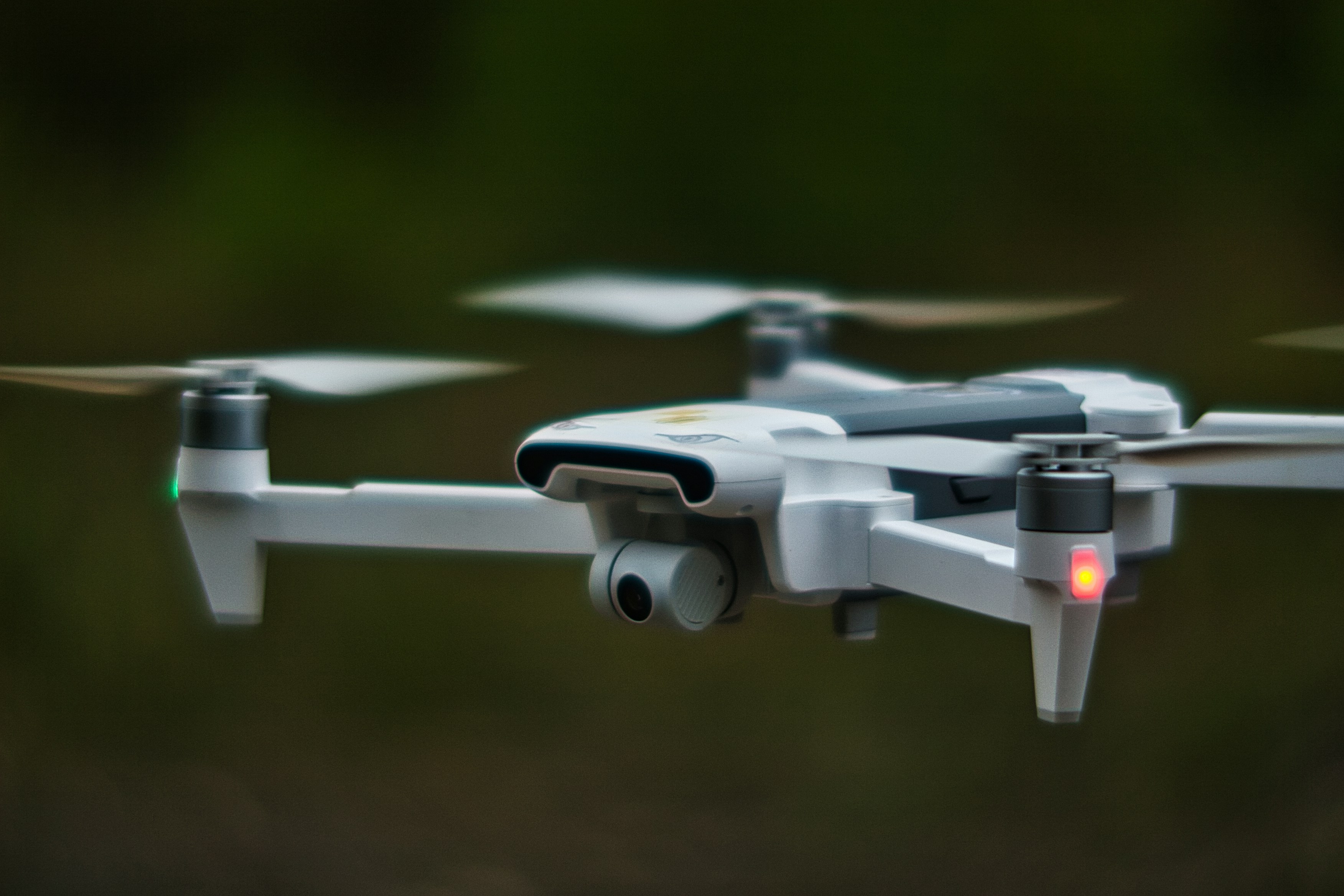About The Role
EKFB is proud to have been appointed by HS2 to deliver civil engineering works across an 80km section of the new high speed rail link between the Chiltern Tunnel and Long Itchington Wood.
We're seeking to recruit a Junior / Assistant Land Surveyor at our Greatworth to Southam Section of works.
Required to assist Surveyors, the work will mainly be on site, with some office processing.
Work will involve assisting surveyors with levelling, and control networks. This will involve using different types of survey equipment including GNSS, Total stations, Precise Levels, all training will be provided.
Responsible for returning equipment to store and make sure kit is clean, dry and maintained correctly, keeping store tidy.
You’ll coordinate with the Site Engineers for the priority of the project regarding implementation, changes of plans or deviations, unusual activities or non-conformances rectification work and coordinate with the consultant for Inspection & Approval. Setting out and as-built surveys. Carrying out Topographical and Engineering Surveys (Laser Scanner). You’ll need to manage the registration and post processing of Point Cloud Data. GNSS network surveying, precise traversing and precise levelling for breakdown from primary survey control and also managing Drones surveys for earthwork measures.
About The Candidate
Key Skills and Qualifications:
CSCS card required (Black, Gold, White, White/Yellow, Red Experienced or Red Provisional (6 months))
Full driving licence and access to a vehicle required
Good Communication skills
Basic computer skills
Willingness to learnAbout The Company
EKFB is a joint venture that brings together international, market leading expertise from four leading civil engineering and construction companies: Eiffage, Kier, Ferrovial Construction and BAM Nuttall. All four partners have specialist expertise in the design, construction, operation, financing and maintenance of railway networks, including the construction of one of Europe’s latest high-speed rail projects.
EKFB is proud to have been appointed by HS2 to deliver civil engineering works across an 80km section of the new high-speed rail link between the Chiltern Tunnel and Long Itchington Wood. Our scope of the works includes 15 viaducts, 5km of green tunnels, 22km of road diversions, 67 overbridges and around 30 million cubic metres of excavation. EKFB is committed to improving lives, communities and the engineering and construction industry by providing sustained employment opportunities and being a good neighbour, protecting the environment and the places we work.
If you would like to be part of our collaborative, enthusiastic and forward-thinking culture, then please apply today! In return, we are offering a competitive salary and benefits.
EKFB brings together international, market leading technical expertise. We have an industry leading track record of delivering major infrastructure projects, including Crossrail, the Millau Viaduct, Mersey gateway and the Bretagne-Pays de la Loire High Speed Rail link.
We are committed to, and strongly believe in, inclusiveness and equality of opportunity. Everyone who works with EKFB has a contribution to make; this is why we welcome applications from different backgrounds, experiences and abilities. Our aim is to create an inclusive environment where everyone feels they are able to be themselves. Please contact us if there is any additional support you might require making an application.
Please note your CV may be shared with joint venture partners on this project.
Pre-employment checks:
It is worth remembering that EKFB will undertake the relevant / standard employment checks if you are successful in the selection process. This includes taking up your references, as well as checking your ID, driving licence (if appropriate) and your right to work in the UK. Some roles may also be subject to further pre-employment checks.
NB. BPSS security clearance will be required (to be undertaken as part of the onboarding process).
#LI-JH1


